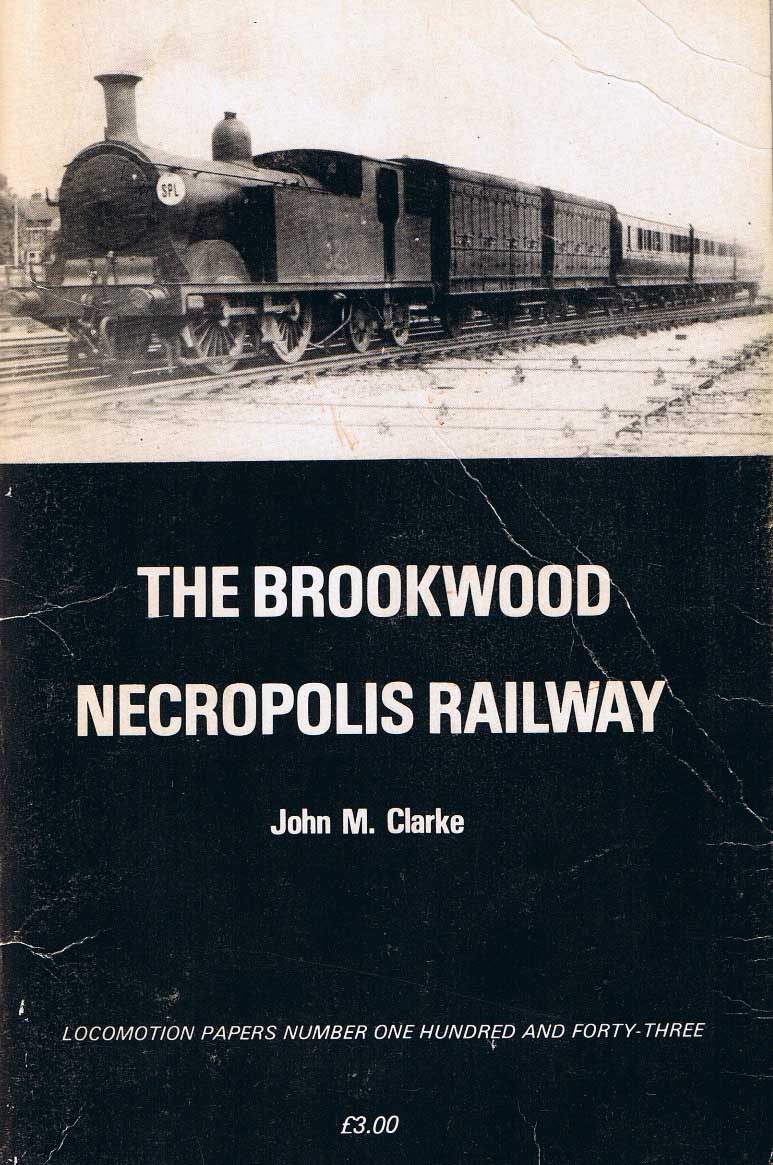
The LinkWe recently received the following email question from Bev Cobley in the 'Shedmaster's In-tray' which we thought might start an interesting discussion:
Email from Bev Cobley: Can you help...or put me in touch with someone that maybe can? I am reading Andrew Martin's fascinating fictional book 'The Necropolis Railway' ...for the 3rd time I may add. I am the sort of reader that gets intense about facts and research etc etc and I would like to know exactly what a 'link' is...as in working on 'the link' or the 'half link' ....any pointers please? Many thanks Bev
In response, Jim Lester replied: I too have read Andrew Martins's book 'Necropolis Railway' and as a long time railwayman, originally at Nine Elms the 1950's (now retired), I can assure that some of the detail within the story is purely fictional! Links (Gangs), were comprised of a group of footplate-men, Drivers and Firemen, determined by their seniority, that carried out designated duties according to their given seniority and were certainly in existence during my times, 'half links' definitely not, not to my knowledge that is! During my times at the Elms there were twelve links and you started at the bottom as a junior Firemen and gradually worked your way to the 'Top Link' over many years, gaining experience through every facet of the work that you performed, shunting, freight and then passenger trains, liken to an apprenticeship in reality. In years gone by this would take as long as forty plus years before the position of Driver was eventually attained. Times changed of course, two World Wars later, plus Victorian and Edwardian values that were destined for the history books, equally saw massive changes within the railway industry certainly in early 1920's and onwards. The Enginemen that I worked with who had started their railway careers in the 1910 era recounted many interesting stories to me of those times that I remember vividly. My own Driver, Alf Hurley, L&SWR 1917, told me that as a Fireman he worked many funeral trains down to Brookwood in the late 1930's from the Necropolis station near Waterloo before they eventually were withdrawn from service during the war. Whatever Andrew Martin's fascinating book could have been just that little more credible to people like myself if only he had researched aspects of the locomotives that he described and the practices of those times but never mind I immensely enjoyed reading it all the same, even with the historical knowledge that I have of such times! I hope that the explanation of the 'link' system helps you to understand a term that is taken for granted by the likes of steam locomotive men like ourselves and I hope that you continue to find the Nine Elms website interesting and informative. Best regards, James Lester
PS Here is an excellent book on the Necropolis Railway that you might like to read: Brian Aynsley has written: Regarding the question about links from Bev Cobley, I think he may have the wrong end of the stick. The link structure at a depot was just as Jim Lester has described, the half link was something different altogether. Goods wagons were generally coupled together with a three link chain coupling, there was quite a lot of slack which had to be gathered up by the driver before he could get the train on the move. Some wagons were fitted with an 'Instanter' coupling, in which the central link was pear shaped. This could be turned so that the short side was horizontal and therefore there was less slack to take up. I have heard shunters and goods guards refering to this as the half link. Is that where this idea comes from?
Malcolm Peakman emailed: Another meaning of link is in the phrase to "link up" meaning to shorten the cut off and work more expansively. It comes I suspect from the position of the die block in the expansion link. Another way of expressing it was 'notching up" from the days of lever reverse when you pulled the lever up a notch on the quadrant plate. For instance I have heard the phrase "the loco was well linked up" - i.e. working on a short cut off.
|
|
Site sponsored/maintained by SVSFilm © 2011 ... Go to SVS Film Index Go to Nine Elms Main Index - "Light to Loco" |
 <
<